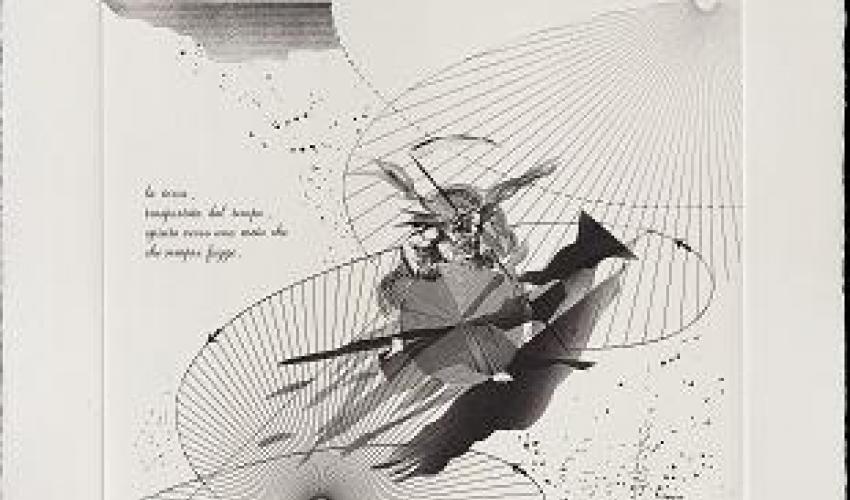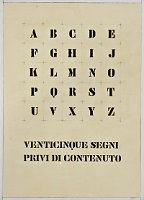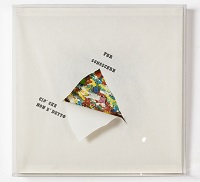
Vincenzo Ferrari and the Spiral of Time
ON EXHIBIT ARE WORKS THAT SHOW HOW THE ARTIST INTERPRETS THE CONCEPTS OF TIME AND ART. THE INAUGURATION IS 25 JUNE AT 6PM IN THE SALA RISTORANTE BOCCONIOn 25 June at 6pm in the Sala Ristorante at Bocconi University, the inauguration of an exhibition of works by Vincenzo Ferrari will be held. The artist from Cremona is known for his exploration of the concept of time in the history of art.
"Think of it not as an arrow pointing towards the future," says Ferrari, "but as a spiral path, an eternal return where the past cyclically re-emerged in the present. The spiral represents my idea of art: a continuous search ".

The concept of crossing time is central to his collaboration with Alik Cavaliere on a series of engravings exhibited for the first time in 1979. These were the years when we started talking about postmodernism (Lyotard's postmodern condition is from the same year), "And Vincenzo and Alik began to think about what in a later work they would call The Eternal Laws of Art. Meanwhile they were communicating using Egyptian hieroglyphics as well as 18th century diagrams", says art critic Elena Pontiggia.
 They were communicating in a playful way, mind you. The canvasses of Attraversare il Tempo are conceived as a chessboard in which curves, circles, spirals, pyramids, triangles, arrows and other signs are arranged like an Enlightenment encyclopedia. Or like a game.
They were communicating in a playful way, mind you. The canvasses of Attraversare il Tempo are conceived as a chessboard in which curves, circles, spirals, pyramids, triangles, arrows and other signs are arranged like an Enlightenment encyclopedia. Or like a game.“Time is a child at play,” said Heraclitus, as cited by Nietzsche. Although they cannot stop time, Ferrari and Cavaliere at play are able to hold our gaze with their slightly absurd precision, their seemingly logical but actually irrational science. In the same way that our lives are seemingly logical but actually irrational.
Vincenzo Ferrari (Cremona 1941 – Milan 2012) studied at Accademia di Brera, where he taught Decorative Arts for many years. He collaborated with Usellini in the 1960s. In 1968, he began researching concepts which led him to forge various artistic partnerships (with Agnetti, La Pietra, Cavaliere and Carrega), creating 2-person publications, works of art and installations. In 1975, he signed the Manifesto of New Writing with Accame, Carrega, Anna Oberto and others. During this period, he worked on a “movable type painting,” i.e. a painting with repeated symbols (labyrinths, hands, human figures, spirals, arrows) that become a sort of alphabet. After the 1980s, he returned to painting that recalled his conceptual roots, along with drawing, writing, diagrams and encyclopedic plates.
by Susanna Della Vedova
Translated by Richard Greenslade
